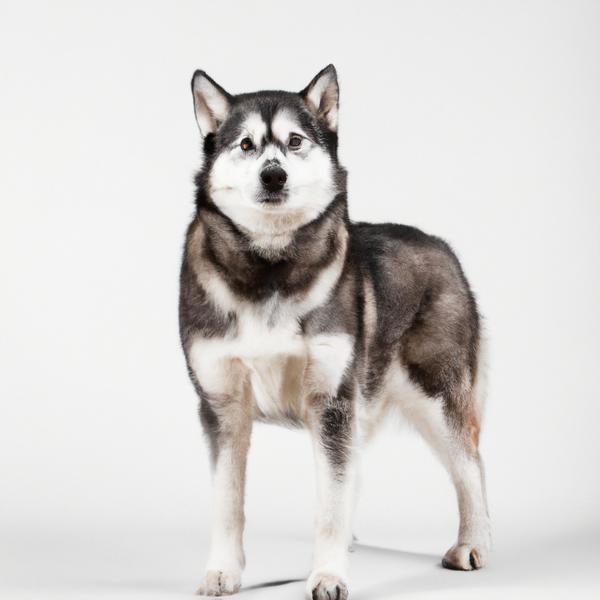Huskita vs. Rotterman: Breed Differences and Similarities
Hypoallergenic
Are Huskitas or Rottermans hypoallergenic, or neither?
Unfortunately, neither Huskita nor Rotterman are hypoallergenic, which may not make them the best choice for dog lovers who suffer from pet allergies.
Temperament
What are the personalities of Huskita and Rotterman dogs?
Dignified
Independent
Protective
Alert
Courageous
Intelligent
Friendly
Outgoing
Responsive
Docile
Gentle
Faithful
Vigilant
Willing
Independent
Energetic
Protective
Alert
Courageous
Intelligent
Obedient
Loyal
Fearless
Good-natured
Shedding Level
Do Huskitas shed more than Rottermans, or which breed sheds more, Huskitas or Rottermans?
Huskitas shed a lot of hair each year, so frequent brushing is essential for reducing shedding and maintaining coat health.
Rottermans are moderate shedders, but regular brushing can reduce shedding and maintain coat health.
Watchdog Ability
Which dog breed makes a better watchdog, the Huskita or Rotterman?
Huskitas aren't great guard dogs; they tend to just watch without taking action.
Choose a Rotterman if you want a top-notch watchdog. This breed takes guarding seriously, and may not require much training, though obedience or guard dog training can improve their skills.
Origin
What is the origin of Huskita and Rotterman dog breeds?
United States
United States
Ancestry
What are the origins of Huskita and Rotterman breeds?
Akita, Siberian Husky
Doberman Pinscher and Rottweiler
Date of Birth
When were Huskita and Rotterman breeds first developed?
1990s
Unknown
Eye Color Possibilites
What are the eye colors of Huskita and Rotterman dogs?
Brown
Brown
Amber
Nose Color Possibilites
What are the natural nose colors of Huskita and Rotterman?
Black
Black
Coat Color Possibilites
What are the natural colors of the coat for Huskita and Rotterman breeds?
White
Black
Gray
Red
Sable
Brown
Fawn
Silver
Sable
Black
Brown
Fawn
Coat Length
What is the typical coat length for Huskita and Rotterman breeds?
Huskitas have medium-length coats.
Rottermans have short coats.
Coat Density
What is the density of the coat of Huskita and Rotterman?
Coat Texture
What is the hair texture of Huskita and Rotterman?
Straight
Litter Size
What is the usual litter size for Huskita and Rotterman?
A Huskita can have a litter of 3-12 puppies on average. However, it's worth noting that the size of the litters can vary greatly. Factors that can influence litter size include the health of the mother, breeding history, and genetics.
A Rotterman can have a litter of 8-12 puppies on average. However, it's worth noting that the size of the litters can vary greatly. Factors that can influence litter size include the health of the mother, breeding history, and genetics.
Adaptability
Huskitas are highly adaptable and versatile, making them excellent companions for families and individuals of all lifestyles.
Rottermans are known for their adaptability and can adjust well to different environments and lifestyle changes.
Health Issues
Between Huskita and Rotterman, which breed is more prone to health problems?
While the Huskita breed is generally healthy, occasional vet check-ups are still necessary to address any health concerns.
Rottermans typically have low vet costs due to their good health, but it's important to monitor their health and seek vet care when necessary.
Major Concerns
What are the major health concerns for Huskita and Rotterman breeds?
Hip Dysplasia
Epilepsy
Bloat
Hemophilia
Laryngeal Paralysis
Autoimmune Thyroiditis
Progressive Retinal Atrophy (PRA)
vonWillebrand’s Disease
Canine Hip Dysplasia (Chd)
Von Willebrand's Disease
Hypothyroidism
Mitral Valve Dysplasia
Gastric Dilation Volvulus (GDV) or Bloat
Joint Dysplasia
Minor Concerns
What minor health issues should be kept in mind when owning Huskita and Rotterman?
Elbow Dysplasia
Pemphigus
Sebaceous Adenitis
Zinc Responsive Dermatosis
Skin Allergies
Eye Infections
Occasional Tests
What occasional tests are recommended for Huskita and Rotterman breeds?
X-Rays
Blood Tests
Internal Imaging (x-ray, CT scan, MRI, etc.)
Buccal Mucosal Screening
Physical and Neurologic Examination
Skin Scrapings and Biopsies
Orthopedic Exam
Ocular Exam
Abdomen and Blood Tests
Throat Exam
Coagulation Analysis
Electrocardiogram
Buccal Mucosal Screening
Regular Full Physical Examination By Veterinarian
Coagulation Assay
Blood Glucose Tests
Complete Ophthalmologic Examination
Blood Work and Serum Chemistry Tests
Skin Biopsy or Intradermal Tests for specific allergies
Urinalysis and Urine Culture
Energy
How do the energy levels of Huskitas and Rottermans compare?
Huskitas are suitable for those with a balanced lifestyle as they have an average energy level.
Rottermans' high energy levels make them unsuitable for a low-key dog, choose accordingly.
Social Needs
Huskita vs Rotterman social needs comparison
Huskita has average social needs and is less independent than other breeds.
Rotterman has above average social needs and thrives with interaction with humans and other dogs.
Exercise Needed
Huskita vs Rotterman exercise need comparison.
Huskitas need moderate physical activity and are great for families and active individuals.
Rottermans require significant physical activity and suit those with an active lifestyle.
Sleeping Need
Which of the two sleeps the most/least: Huskita or Rotterman?
Huskitas sleep less than other breeds but still need adequate sleep for good health.
Rottermans have moderate energy levels and typical sleep patterns of 12-14 hours per day.
Tendency to Bark
Do Huskitas or Rottermans bark more/less frequently?
Huskita dogs are generally less vocal than other breeds and only bark when necessary, such as to alert their owner or communicate.
The Rotterman is a vocal breed that frequently barks and howls, and may not be suitable for those seeking a quiet companion.
Mouthiness
Mouthiness Comparison: Huskita vs Rotterman?
Roaming urge
Huskita vs Labrador: Running away tendency?
Prey Drive
Huskita or Rotterman - which breed has a higher level of prey drive?
Past times
What are some enjoyable activities and ways to keep Huskita and Rotterman entertained?
Walk, Tug-of-war, Hike, Play, Playing catch, Walking, Rambling, Hide & Seek, Ball games, Nap time, Throwing a ball, Play keep away, Fetch, Chasing around, Run, Cuddles, Jogging, Play time, Playtime, Swim, Tracking, High Five, Speak, Shake
Walk, Chasing around, Walking, Playing Ball, Dog Parks, Jogging, Dawn trotting, Catch treats, Tug-of-war, Fetch, Sleeping, Guard dog, Hide & Seek, Road trip, Cuddle, Run, Car rides, Beach, Fishing, Camping, Walks, Tug of war, Ball, Lots of pats, Training, Swimming, Hike, Frisbee
Activity Level
Which breed has higher energy, Huskitas or Rottermans?
Huskita and Rotterman are high-energy dogs that require a lot of mental and physical exercise. Without proper stimulation and attention, these breeds can become problematic. If you're considering these breeds, be prepared to invest time and effort in their exercise and training.
Tolerance of being left alone
Walks per Week
How many miles should Huskita or Rotterman walk each week?
Huskita and Rotterman generally need a minimum of 14 miles of walking per week, but it can be increased as long as they are comfortable with it.
Activity per Day
Do Huskitas or Rottermans require more exercise?
Both Huskita and Rotterman typically require a minimum of 90 minutes of exercise each day. The exercise can be spread throughout the day and may involve high-energy activities like walking, running, and playing.
Grooming
Which breed is easier to maintain in terms of grooming, Huskitas or Rottermans?
The Huskita requires an average amount of grooming compared to other breeds.
The Rotterman has low grooming needs and is easy to maintain.
Brushing Frequency
What is the recommended brushing frequency for Huskita and Rotterman dogs?
Huskita and Rotterman should be brushed at least once a week. Of course, you can give them more frequent brushes if you find that they are still shedding a lot.
Brushing Tools
What brushing tools are used for Huskitas and Rottermans?
Pin Brush
Comb
Nail Clipper
Pin Brush
Slicker Brush
Deshedder
Nail Clipper
Cups
How much food should be given to Huskita or Rotterman in cups?
Huskita and Rotterman share the same recommended daily food intake of 3 cups, although the appropriate quantity may vary depending on the quality and nutritional content of their food.
Daily Cost
Which breed has a higher daily cost, Huskita or Rotterman?
The average cost of a Huskita is somewhere $2.10 - $2.70 per day.
The average cost of a Rotterman is somewhere $2.70 - $2.80 per day.
Monthly Cost
Which breed has a higher monthly cost, Huskita or Rotterman?
When it comes to monthly expenses, both Huskita and Rotterman have a similar average cost, ranging from $55 - $73. This results in an average yearly cost of around $660 - $876.
Intelligence
Comparing Intelligence: Huskitas vs Rottermans
Huskitas are average in obedience intelligence but have a high IQ and may cause trouble if left unsupervised.
Rotterman is highly intelligent and very trainable.
Sensitivity Level
How do Huskita and Rotterman compare in sensitivity?
These dog breeds are particularly attuned to its environment and the emotions of those around it. Huskita and Rotterman can be easily overwhelmed by loud noises, new environments, unfamiliar people, or animals. This dog breed is best suited for individuals or families who are patient, gentle, and understanding of its sensitive nature. It may also benefit from a calm and stable home environment, with a consistent routine and plenty of positive reinforcement training.
Affection Dependance
Which is the more affectionate dog breed: Huskita vs Rotterman?
Apartment Friendly
Which breed is more apartment-friendly: Huskita or Rotterman?
Huskita and Rotterman are apartment-friendly dog breeds. They can do perfectly well in apartments providing they are sufficiently exercised and taken out and about as part of their owner's daily lifestyle.
Child Friendly
Do Huskitas or Rottermans have a friendlier temperament towards children?
Huskitas are good with kids if socialized and trained from a young age.
Rottermans have an average level of friendliness towards children.
Senior-friendly
Which dog is more suitable as a pet for the elderly - Huskita or Rotterman?
Cat Friendly
Do Huskita or Rotterman breeds have a better compatibility with cats?
Huskitas are somewhat cat friendly and can be trained to get along with cats.
Rottermans are average in their friendliness toward cats and tend to do well with them, especially if raised together.
Dog Friendly
Which breed is more sociable with other dogs: Huskita or Rotterman?
Huskitas are friendly and active companions, and can be good family pets, though their friendliness towards other dogs may vary.
Rottermans are less friendly towards other dogs, but can improve with socialization.
Pet friendly
How do Huskita or Rotterman dogs interact with other pets?
Stranger Friendly
Which breed is more friendly with strangers: Huskita or Rotterman?
Huskitas are averagely friendly around strangers but benefit from early socialisation.
Rottermans are not very stranger friendly.
Playfulness
Which breed is more playful between Huskita and Rotterman?
Huskitas are a playful breed that needs daily playtime to be happy.
Rottermans have an average level of playfulness, enjoying playtime like most dogs but not excessively so.
Trainability
How do the trainability levels of Huskitas and Rottermans compare?
Huskitas are usually easy to train but require consistency to fully obey commands.
Rottermans are popular for their ease of training and quick learning ability.
Compare Huskita with other breeds

Rotterman
Huskita vs Rotterman
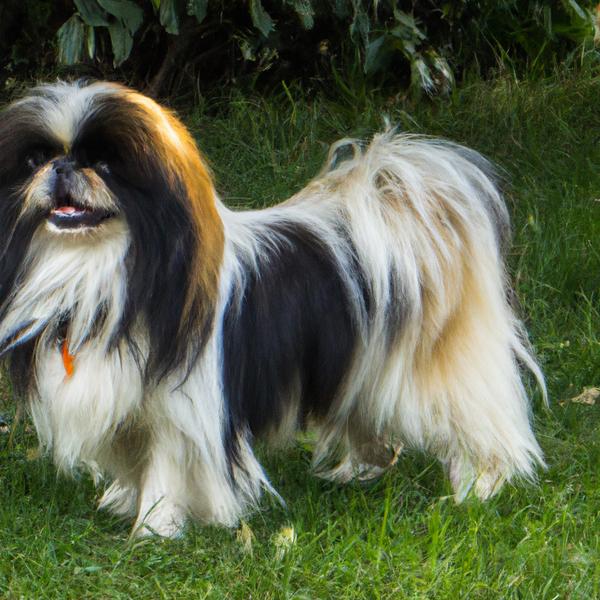
Tibetan Chin
Huskita vs Tibetan Chin

German Shorthaired Sprointer
Huskita vs German Shorthaired Sprointer
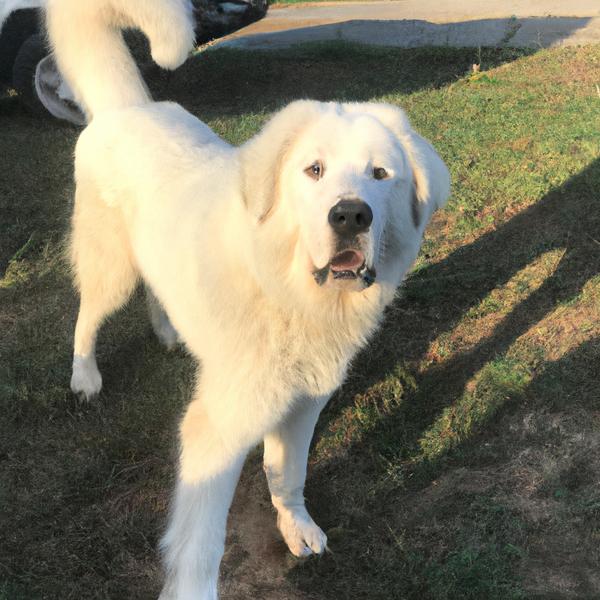
Great Pyrenees
Huskita vs Great Pyrenees
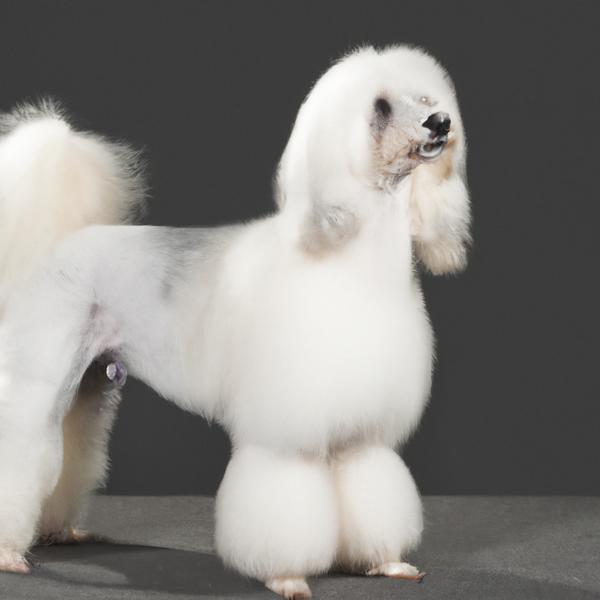
Corillon
Huskita vs Corillon
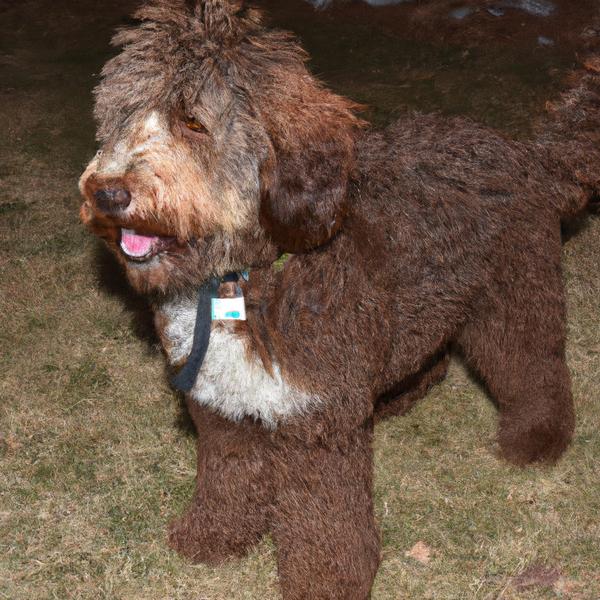
Tervoodle
Huskita vs Tervoodle
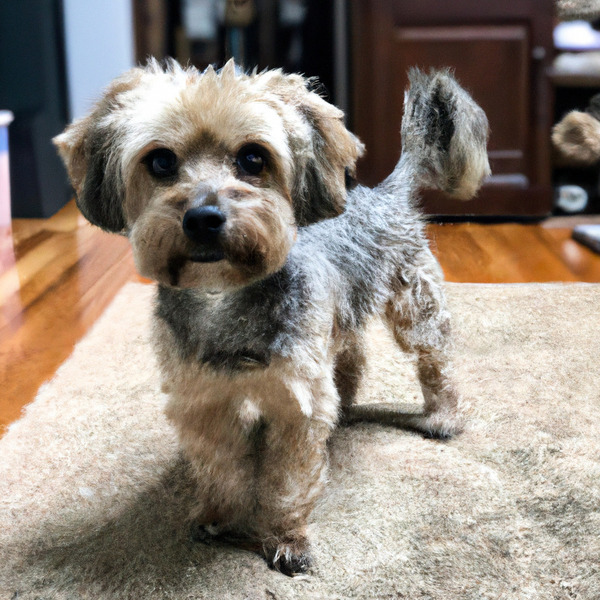
Yorkipoo
Huskita vs Yorkipoo
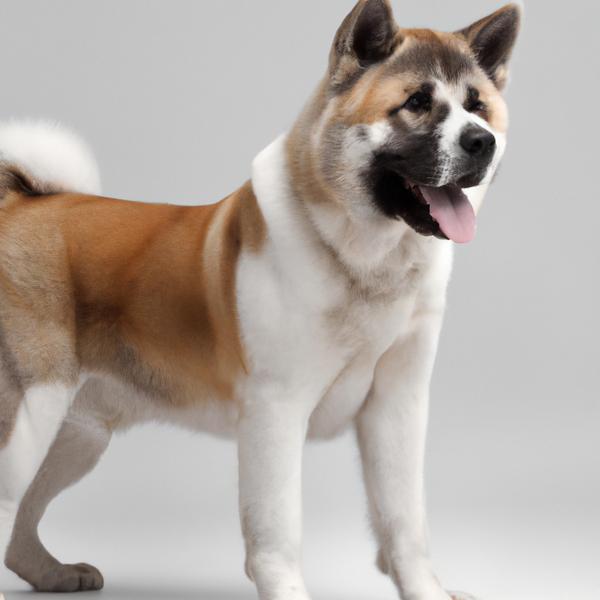
Akita Shepherd
Huskita vs Akita Shepherd
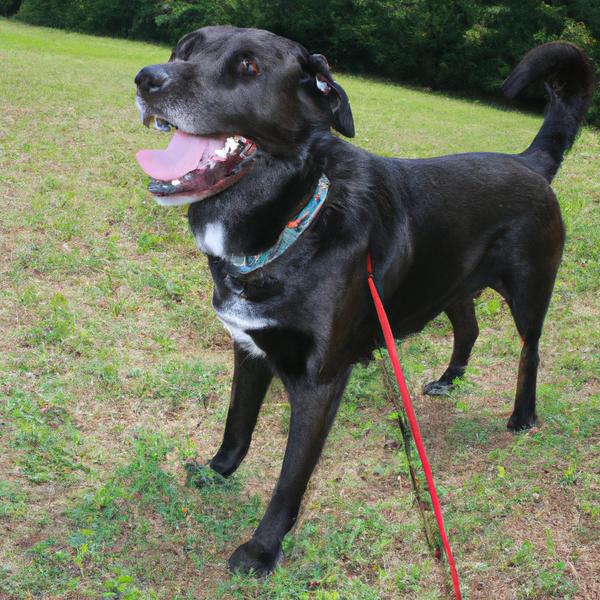
Labrottie
Huskita vs Labrottie
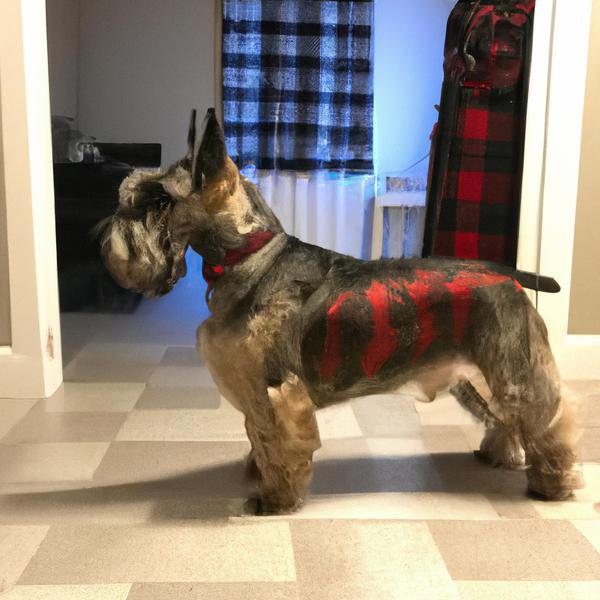
Scotchi
Huskita vs Scotchi
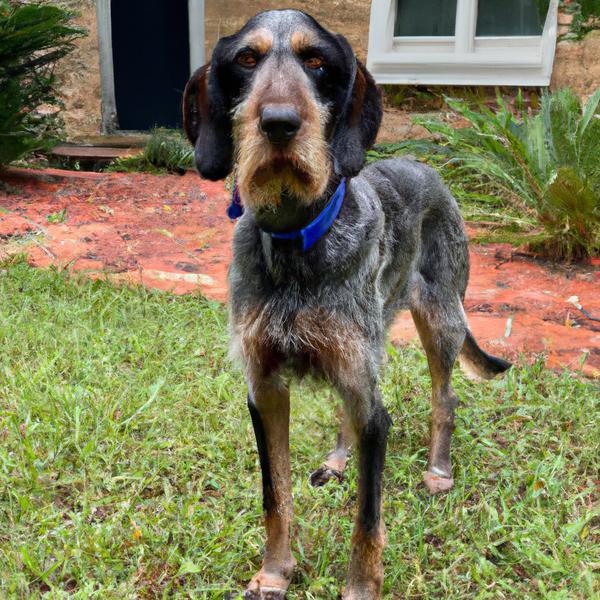
Bluetick Coonoodle
Huskita vs Bluetick Coonoodle
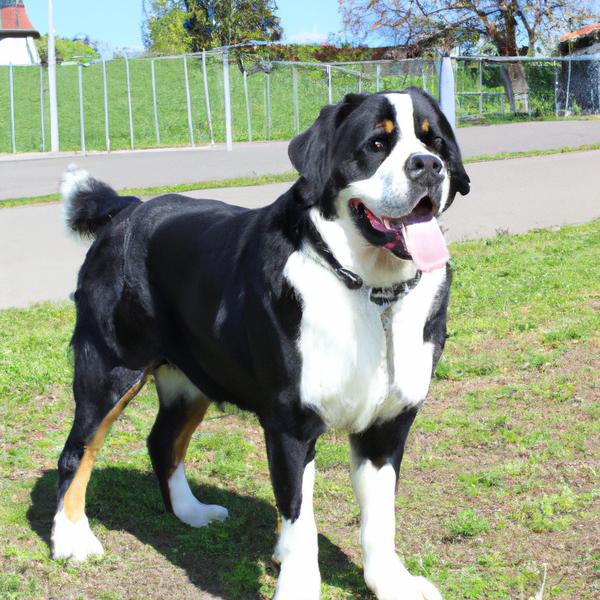
Swissy Saint
Huskita vs Swissy Saint
